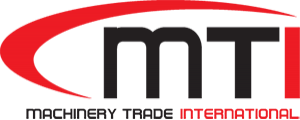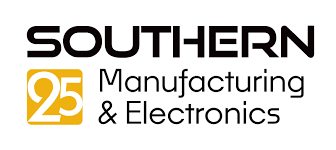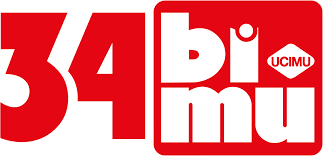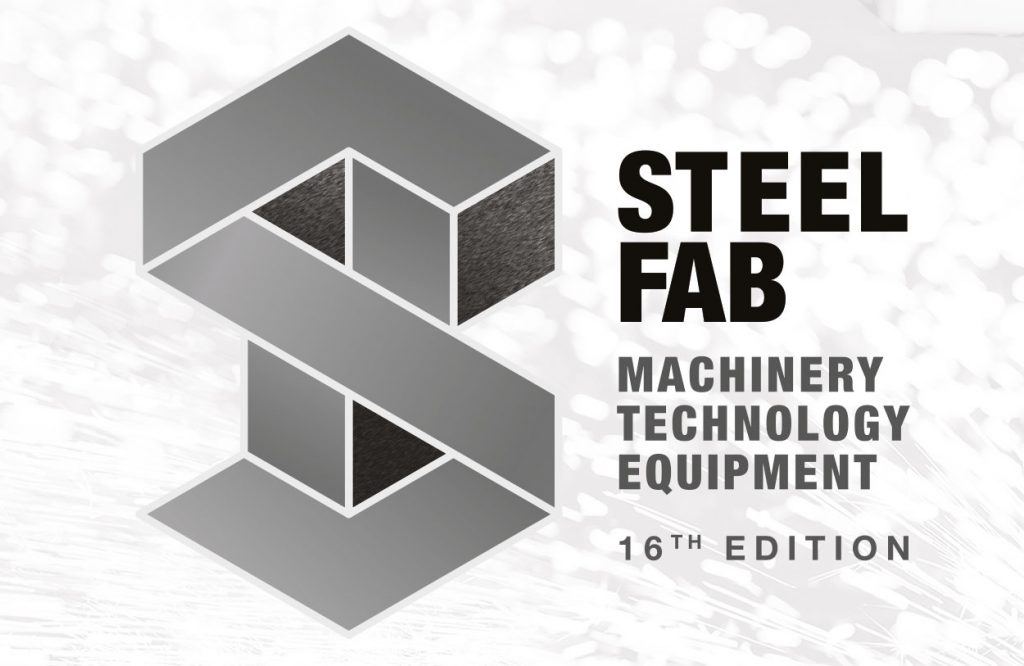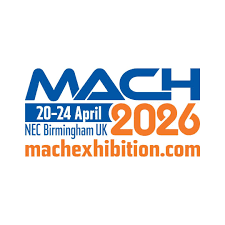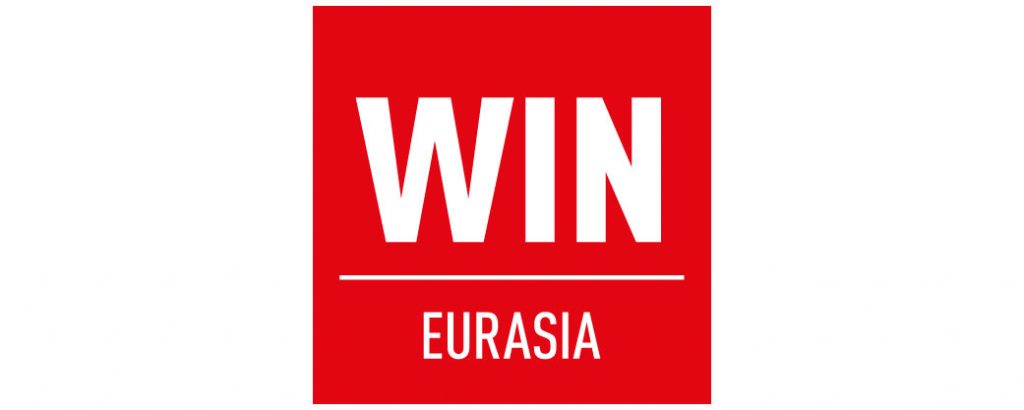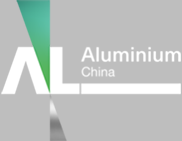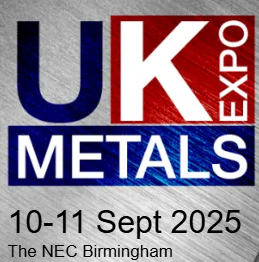The new XPR300 plasma-cutting system from Hypertherm is said to represent the greatest leap forward in mechanised plasma cutting ever – and the first place it can be seen in action in the UK is at Esprit Automation’s Nottingham facility.
The XPR300 performs at its best when mounted on Esprit machines, says the company. Cut speeds some 15% faster than the next equivalent system mean production parts can be manufactured at a more rapid pace than ever before. Furthermore, the system offers 20% thicker piercing capacity on stainless steel.
The XPR300 is also fitted with advanced power supply technology that provides active, moment-to-moment system feedback and automatically intervenes to prevent errors that can adversely impact consumable lifespan, improving the machine’s lifetime running costs. Features such as this mean that the XPR300 has half the running costs of its nearest equivalent, says Esprit.
Additional features such as vented water injection ensure good results on aluminium cuts, while connection systems like EasyConnect and QuickLock mean both torches and consumables can be switched-out rapidly. Esprit machines provide an operational base for the XPR300 to work from, whether it’s the flexible Multibevel machine, or the large-scale, multi-headed Viper.
Esprit Automation and Hypertherm’s partnership goes back nearly three decades. In 1990, Esprit chose Hypertherm as its exclusive supplier of plasma cutting technology, allowing both companies to specialise their hardware to complement the other.
For further information www.espritautomation.com
